Monarch Week: Time to Gather Information
Friday, January 9th, 2015
This is Passport to Texas
You don’t have to know much about milkweeds to take part in the new Texas Milkweeds and Monarchs Citizen Science Project on iNaturalist.org.
06— We have experts that are going to be looking at these observations and identifying those [plants].
Milkweeds, important to the monarch butterfly’s life cycle, are declining, as are monarchs. Biologist, Ben Hutchins, who helps coordinate the project for TPWD, says once the data’s collected, and answers to questions such as where certain species grow – or not – and which ones monarchs utilize most, biologists can start to develop a detailed management plan.
38— To be honest, we’re still kind of feeling out what is going to be Texas’ response to monarch conservation. Right now we’re kind of in a data collection phase. So, how this information is used when we start developing monarch conservation plans and we start to take conservation action – we’re not sure. But, we want to know as much as possible. So that we can say, ‘hey, if you’re in this particular habitat, here are some species that may be appropriate to add to your seed mix. Or, if we’re looking at trying to advocate large-scale production of seeds so that there are more species of milkweed available for consumers to plant, we’d like to know potentially, what should we focus on.
Get in on the ground floor of this citizen science project, which will be incorporated into Texas Park’s and Wildlife’s Texas Nature Trackers, and make a difference for monarchs in Texas. Find out how on the Texas parks and Wildlife website.
For Texas Parks and Wildlife…I’m Cecilia Nasti.
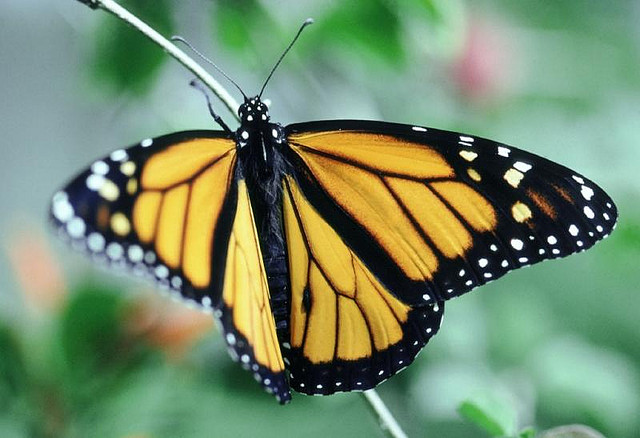
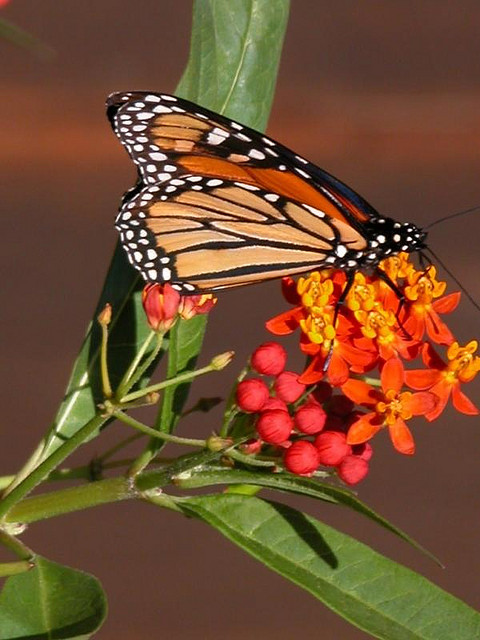

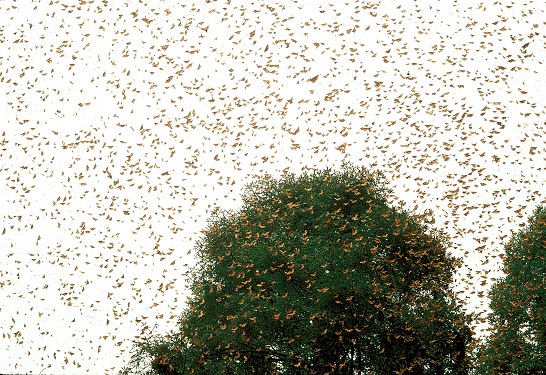
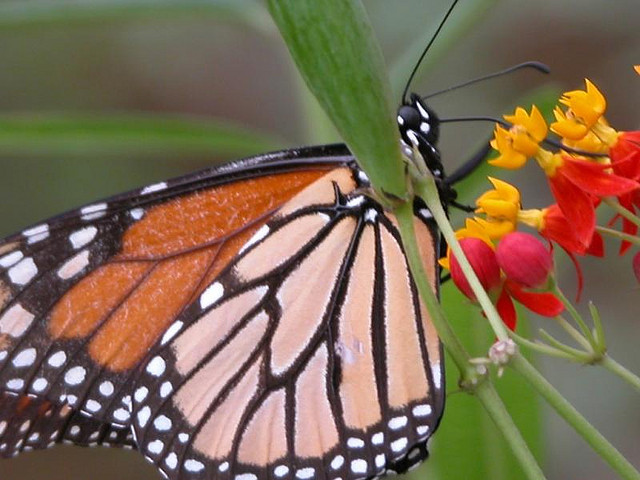
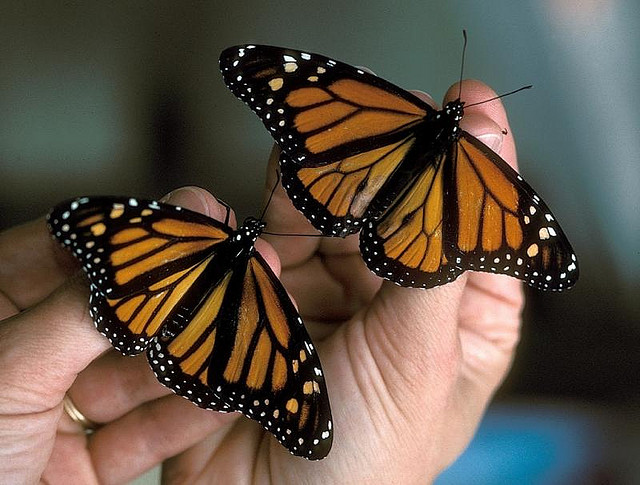

 Passport to Texas is a
Passport to Texas is a  Passport to Texas is made available by:
Passport to Texas is made available by: